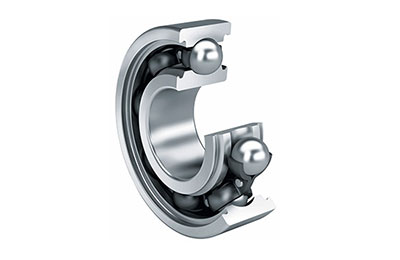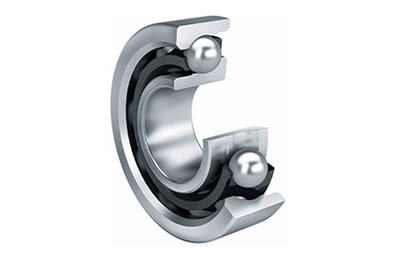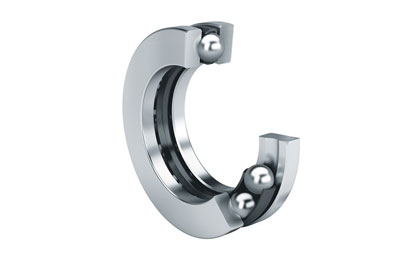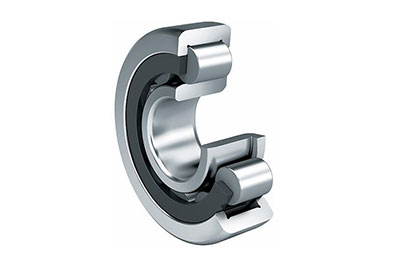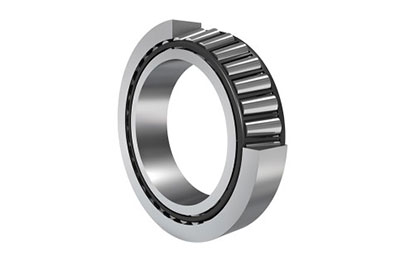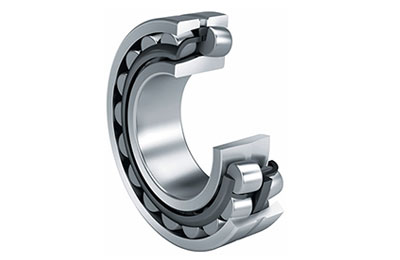Rolling bearings generally consist of two rings, rolling elements, and a cage, and they are classified into radial bearings or thrust bearings depending on the direction of the main load. in addition, depending on the type of roling eements, they are cassified into ball bearings or roller bearings, and they are further segregated by differences in their design or specific purpose.
Compared with plain bearings, rolling bearings have the following major aovantages:
- Their starting torque or friction is low and the difference between the starting torque and running torque is small.
- with the advancement of worldwide standardization. rolling bearings are internationally available and interchangeable.
- Maintenance, replacement, and inspection are easy, because the structure surrounding rolling bearings is simple.
- Many rolling bearings are capable of taking both radial and axial loads simultaneously or independently.
- Rolling bearings can be used under a wide range of temperatures
- Rolling bearings can be preloaded to produce a negative clearance and achieve greater rigidity.
Contact angle and bearing types
The contact angle (a) refers to the angle between a vertical plane of the rotation axis of the bearing and a straight line between the points where the rolling element comes in contact with the inner ring raceway and outer ring racewav.
Radial bearinas and thrust bearinas are classified depending on the size of the contact angle.
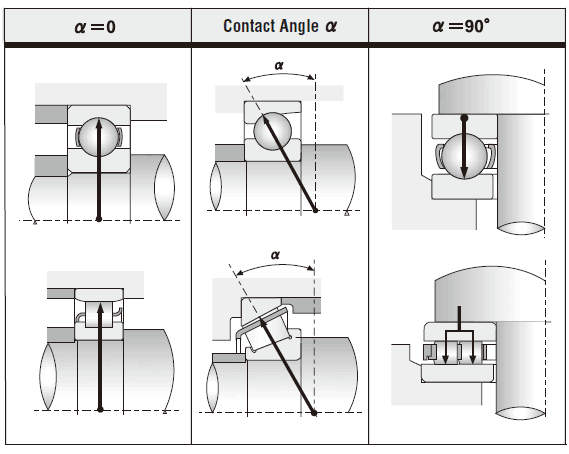
The picture shows the relation between contact angle and loading direction on the bearing.
- Radial bearing a: Less than 45°
- Thrust bearing a:Over 45°
